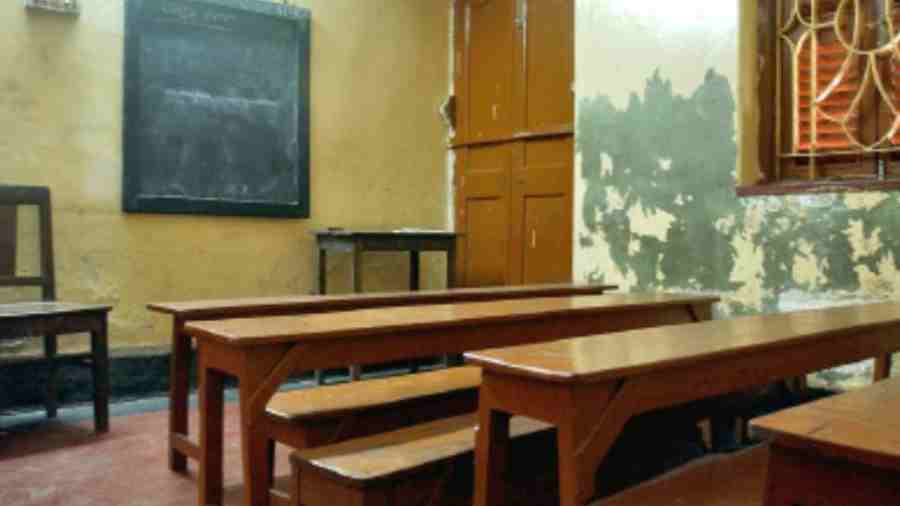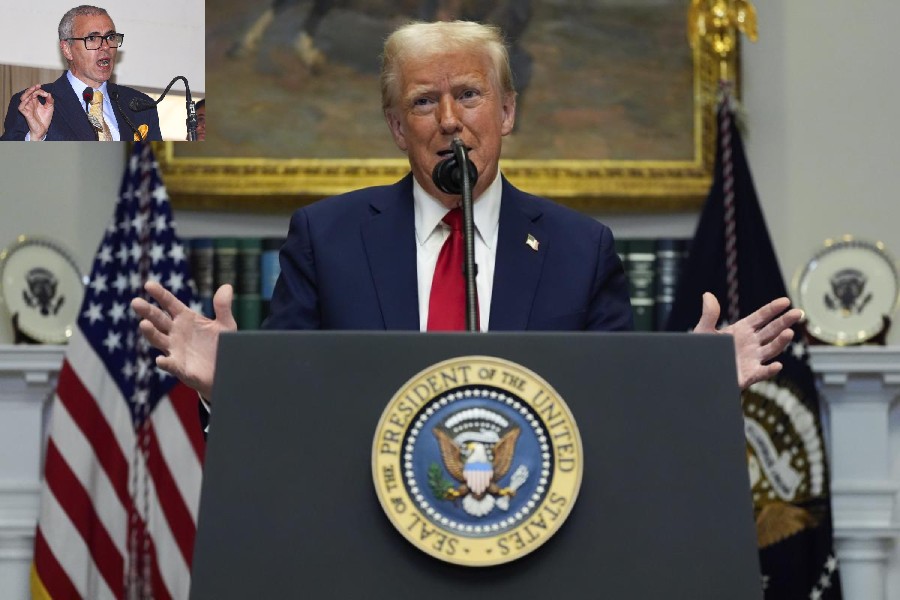Much crucial data on Indian life is gathered by non-governmental organizations. The most important are employment data from the Centre for Monitoring Indian Economy and the Annual Status of Education Reports from Pratham. The government-conducted National Achievement Survey measures learning outcomes among school students in even greater detail than ASER; but unlike ASER, it does not collect family and social data. No less invaluable are the government reports of the Unified District Information System for Education Plus with intensive statistics about schools, teachers and pupils.
The 2022 ASER for rural schools has just appeared. Its depressing survey of learning outcomes has received much attention already. I will focus instead on some background factors, drawing on both ASER and UDISE+.
The number of rural children in private schools rose by nearly 8% between 2006 and 2018 but then dropped nearly as much by 2022. Pandemic-stricken families could not pay the fees. Many small private schools closed down, partly in consequence. All this is well known. What ASER reports additionally is a gender disparity: 15-25% more boys go to private schools. Virtually everyone sends their daughters to school today, but will ‘invest’ more to educate their sons.
There is a countering corollary. Primary schools have nearly 52 lakhs more boys than girls. After that, the scene changes. Arunachal, Assam, Ladakh, Meghalaya and Nagaland have more girls than boys all the way up from Class 6; six more states (including Bengal) from Secondary and another six at Higher Secondary level. Despite their head start in infancy, more boys are dropping out thereafter, generally from the pressure to start earning, perhaps far from home. Needless to say, girls work too, especially in domestic labour, paid or unpaid; but remaining in the neighbourhood, they often continue on the rolls, sometimes even after marriage.
There is also a degree of positive social change, including girls’ aspiration for better employment. Yet there are states where girls’ enrolment still languishes at every level: by over 10% in Gujarat, Haryana, Madhya Pradesh and Maharashtra. Needless to say, enrolment does not mean attendance. ASER found attendance at government schools to dip from 88.6% in Tamil Nadu to under 60% in Bihar, MP and UP. Any figure under 75% (found in twelve states) suggests habitual absence, dropout or ghost enrolments. Teachers are missing as well, sometimes because they play truant but chiefly owing to unfilled posts. In 2020, there were 17.1% vacant positions across India, 57.5% in Sikkim and around 40% in Jharkhand and Bihar. This is a major factor driving children to private schools. It raises another set of issues.
No less than 73.9% children in West Bengal take paid private tuition — the highest proportion in India. This is a deplorable situation that urgently needs reform. But Bengal also has the lowest proportion of primary students in private schools (5.8%), followed by Odisha (7.3%) and Gujarat (8%). The latter proportion is 40.4% in Punjab and 30% or more in UP, Himachal, Maharashtra, Kerala and several northeastern states. This indicates a broad though not uniform trend: the less children take private tuition, the more they attend private schools, at burdensome cost but, all too often, little or no benefit. (In Kerala and the Northeast, many private schools might be on a different footing, run by Christian churches or missions.)
The phrase ‘private school’ evokes imposing buildings with well-staffed facilities. The sober reality at shoestring level is commonly an indifferent teaching-shop that instils rote-learning through unrelenting pressure on students and teachers alike. That many such schools closed down during the pandemic is no loss to anyone besides their proprietors. There is ample evidence that with a minimal boost in staffing, resources and official encouragement, state-aided schools outperform the “cut-price private schools”, as Abhijit Vinayak Banerjee terms them. The real loss is that the state education system is being devalued through a combination of wretched window-dressing and genuine culpable maladministration, most evident in the delay and corruption in appointing teachers. Yet given the realities of our demography, economy and geography, no other system could work for the country.
Why geography? The new National Education Policy speaks of “economically suboptimal and operationally complex” schools — translated, those in remote areas with relatively few students. One proposed remedy is “consolidation”, putting all pupils in a single school and closing down the rest. There is a caveat: this must be done “very judiciously” with “no impact on access”. Let us see an example in practice.
The People’s Archive of Rural India has a harrowing report about rural communities in Jajpur, Odisha. Odisha, Jharkhand and Madhya Pradesh are guinea-pig states for the acronym-happy Union government’s SATH programme (Sustainable Action for Transforming Human Capital). PARI reports that under SATH, nearly 9,000 ‘sub-scale’ schools were shut down in Odisha. From an unclear and undated Niti Ayog report, the tally seems to be 20,000 in MP and 6,000 in Jharkhand.
Village after village in Jajpur have lost their schools. The nearest primary school might now be 3.5 kilometres away. (The Right to Education Act stipulates primary schools within one kilometre and upper primary schools within three kilometres.) The route is often through lonely forest roads. A few older pupils use ramshackle cycles; the rest walk. When they return, they are too exhausted for play or study. Many younger children have dropped out altogether.
These tribal and Dalit communities are effectively being de-educated, courtesy the NEP and the Niti Ayog. Education-hungry families are spending hard-earned money on private coaching for these state-sponsored dropouts. The SATH policy’s declared aim is to “strike a balance between access and delivery of quality education”. In effect, access is being denied and quality diluted. The kind of cost-benefit analysis used in the industrial sector will not work for education: no human child is dispensable, none can be written off. We are talking about young Indian citizens and future contributors to the economy. Education apart, they have the right to well-being of body and mind. Yes, they are very like our own children. We must develop the same stakes in them if we want a society where our own ones can live and learn.
Sukanta Chaudhuri is Professor Emeritus, Jadavpur University











